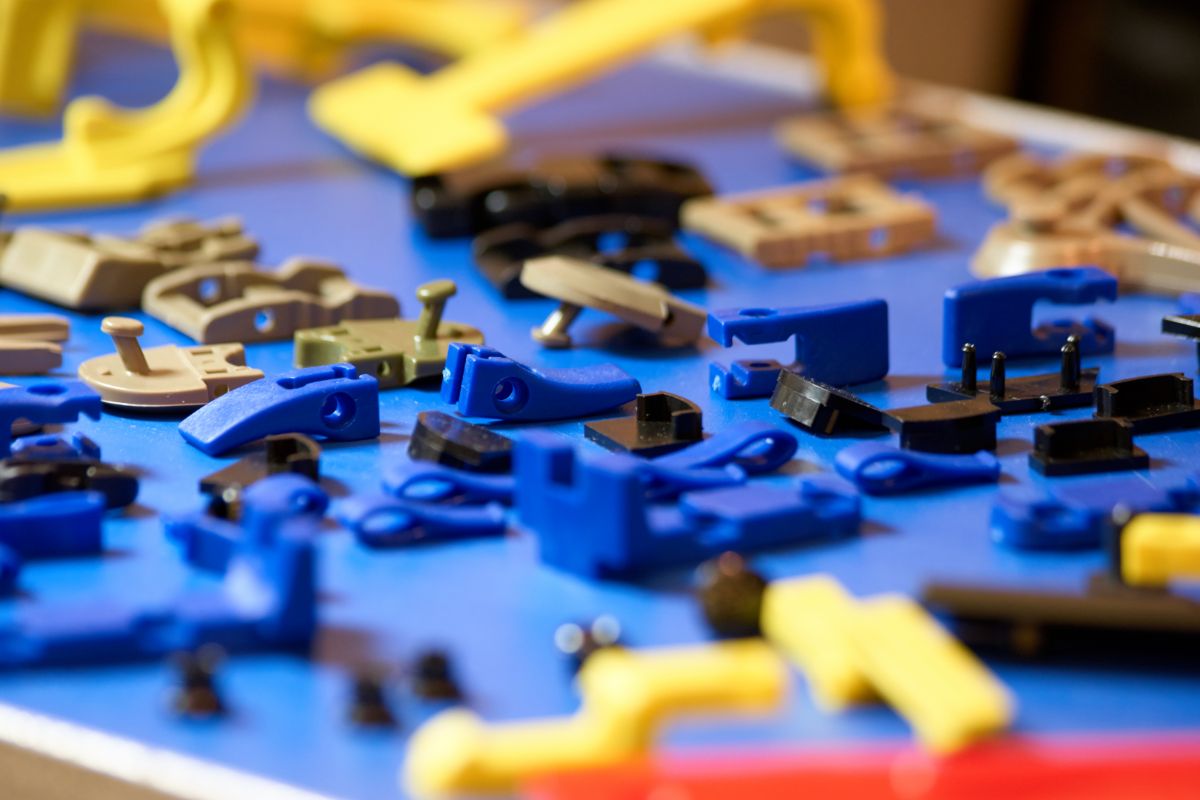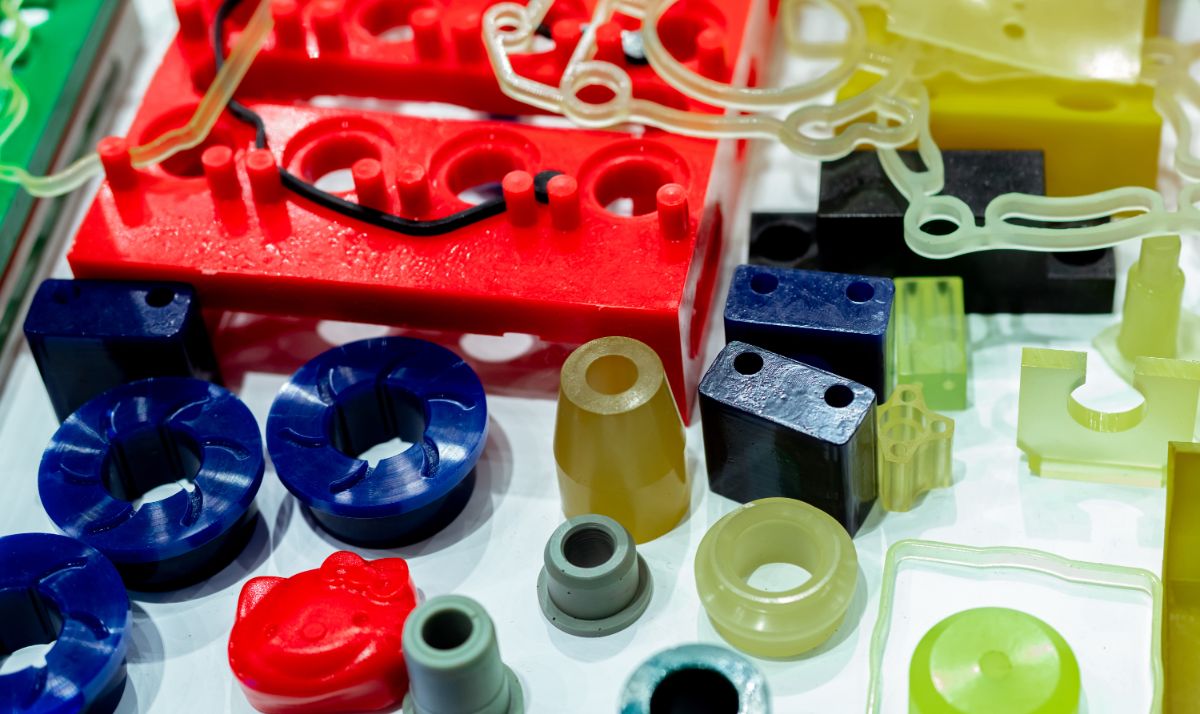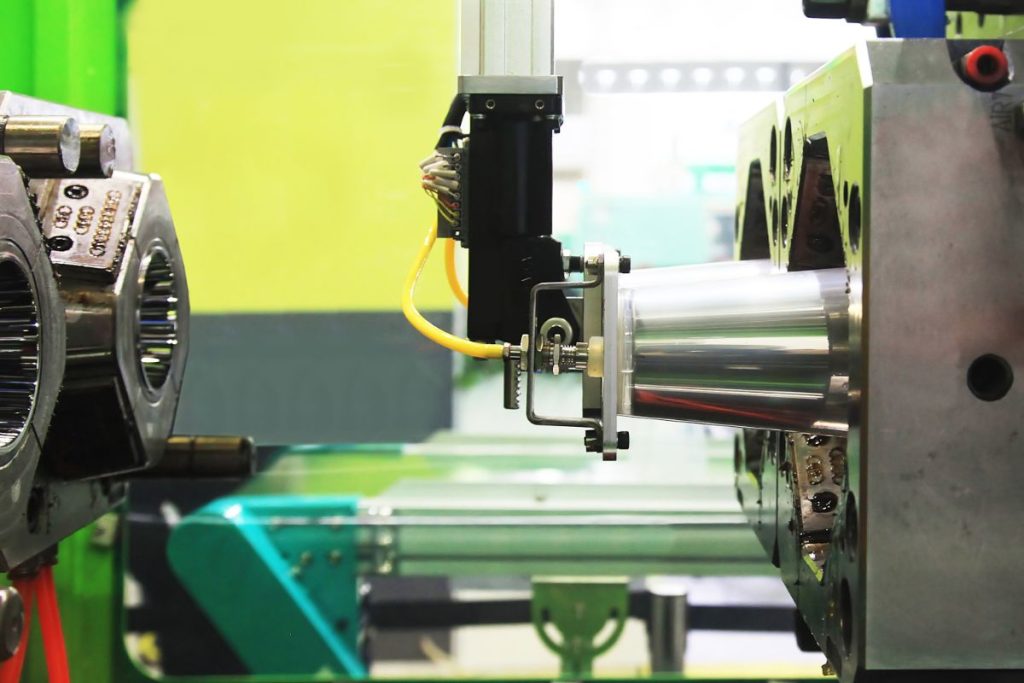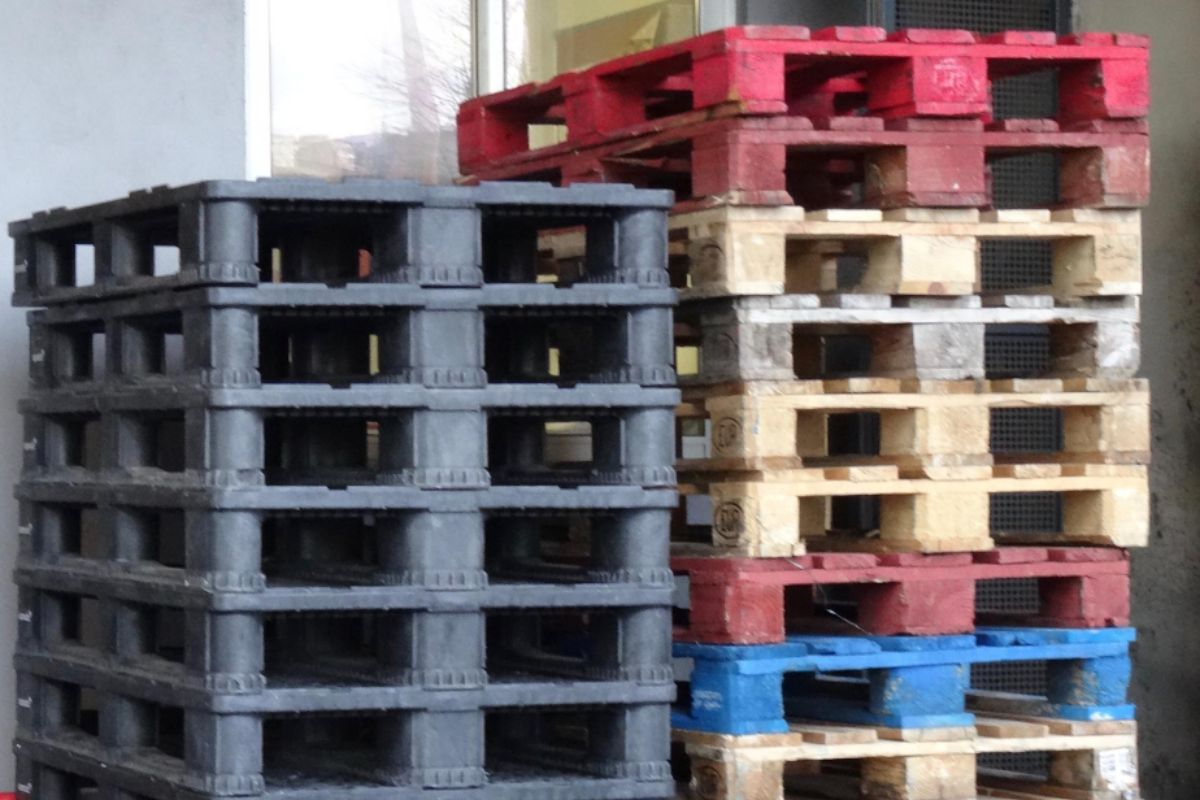Why should you use plastic injection molding for mass production?
- High production efficiency
- Versatile manufacturing process
- Repeatable manufacturing process
- Enhanced strength in plastic materials
- Can fulfill detailed features and impressive surface finishes
- Compatible with various materials
- Capable of making multiple parts simultaneously
- Automated production
Plastic injection molding involves injecting molten plastic material into a mold cavity, which is then subjected to high pressure and cooling. This is one of the most valued and suitable methods of production for mass production. Due to its process, it is also capable of forming even complex-shaped parts in bulk. There are several reasons why manufacturers around the globe opt for plastic injection molding for mass production. In this article, we list them out — read on!
High production efficiency

Plastic injection molding is known for its ability to achieve higher production efficiency than other methods. Once tooling is designed for the customer, the molding process itself doesn’t take long to set up. Furthermore, the entire process (from start to finish) can be completed in a matter of minutes.
This allows it to provide its main advantage: producing plastic parts in large quantities. Some plastic injection molders are even capable of producing millions of parts on a formal production scale.
This effectiveness also allows the price per product during production to stay low. This is because the more parts are produced, the more value is generated from your initial investment in tooling — resulting in price dropping dramatically. All in all, this makes it a very effective method for mass production.
Versatile manufacturing process
Another reason why many manufacturers prefer plastic injection molding for mass production is that it is a versatile process. It can be used to create parts of various shapes and sizes — some injection molders can even make large plastic parts.
This is because you can customize your injection mold to your liking, and even include intricate designs. Additionally, the machines used in this process can be equipped with different attachments to fulfill different features.
Repeatable manufacturing process
On top of being highly efficient, plastic injection molding is also a highly repeatable process. Each run of production can be done in the same manner as the last. This is good if you’re concerned about controlling product consistency. And, this ensures component reliability, even across multiple high-volume runs.
Enhanced strength in plastic materials
Generally, plenty of plastic resins used in this method are known for their strength and durability. This includes resins such as polycarbonate (PC), a thermoplastic material that is one of the most shatter-resistant plastics compatible with injection molding.
The use of additives — such as glass fiber — is also very common for plastic injection molding. This allows engineers and designers to create plastic products with enhanced strength and durability, which is a characteristic that is required by a variety of plastic products.
Can fulfill detailed features and impressive surface finishes
This process, as we’ve mentioned, involves using high pressure, a mold cavity, and molten plastic resin. This allows the plastic to cool in the exact shape of the cavity. This can be used to create excellent detailing and surface finishes of molded parts.
Aside from creating more complex designs and shapes for manufacturers, this allows injection molders to save time and costs on secondary processing, such as texturing. You can also save a lot of labor costs on assembly.
Compatible with various materials
Though the main material is plastic resins, injection molding is compatible with a wide selection of materials. Metals are some of the most common, as they are used for different kinds of inserts.
From studs to screws to surface mount pads, injection molding can include almost any kind of insert you can think of. This means that you can produce plastic parts made of different materials, and make them suitable for a variety of applications, such as electronic devices or automotive applications.
Capable of making multiple parts simultaneously

Another major advantage of using plastic injection molding for mass production is that it can make multiple components of your product simultaneously. This is possible through something called a family mold.
Plastic injection molding can also make multiple pieces of the same part in just one shot, which is done through a different kind of mold called a multi-cavity mold.
When using these molds, consistency is maintained, which means you don’t have to trade in quality for efficiency.
Automated production
Once the molds and machines have been set up, the production process can be left to run on its own. Operators and teams of workers generally only have to maintain tooling, and inspect parts for quality control and management, while the rest is left to the machines. This automation helps create significant cost savings in the manufacturing process.
Key Takeaway
With all these advantages, plastic injection molding for mass production is simply the best choice manufacturers can make.
That said, these advantages are only possible if you work with the right injection molding company in the US: Richfields. We have years of experience with clients across industries and offer several services, including precision plastic injection molding and large-part injection molding. Contact us today to learn more!










